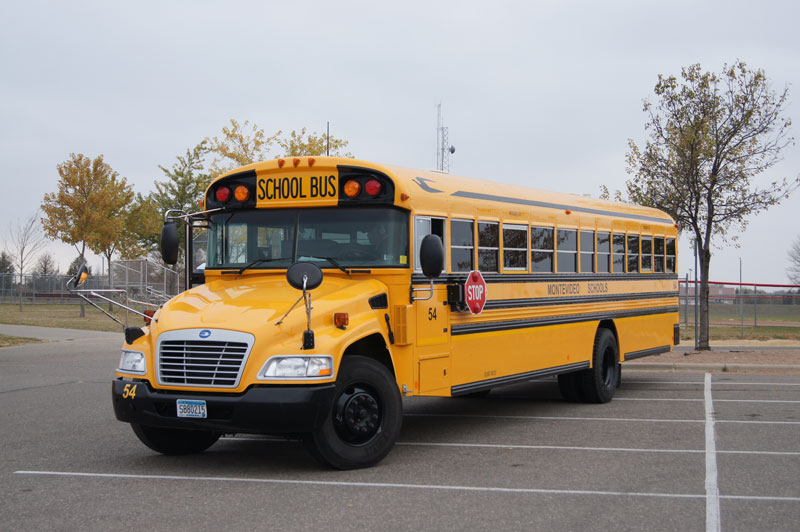The human identity is constructed upon many different aspects, but to be completely honest, none define us better than that tendency of ours to improve at a consistent pace. This tendency to grow, no matter …
The human identity is constructed upon many different aspects, but to be completely honest, none define us better than that tendency of ours to improve at a consistent pace. This tendency to grow, no matter the situation, has empowered the world to hit upon some huge milestones, with technology emerging as quite a major member of the group. The reason why we hold technology in such a high regard is, by and large, predicated upon its skill-set, which guided us towards a reality that nobody could have ever imagined otherwise. Nevertheless, if we look beyond the surface for a second, it will become clear how the whole runner was also very much inspired from the way we applied those skills across a real world environment. The latter component, in fact, did a lot to give the creation a spectrum-wide presence, and as a result, initiate a full-blown tech revolution. Of course, this revolution then went on to scale up the human experience through some outright unique avenues, but even after achieving a feat so notable, technology will somehow continue to bring forth the right goods. The same has turned more and more evident in recent times, and assuming one automotive development ends up with the desired impact, it will only put that trend on a higher pedestal moving forward.
Blue Bird, a century-old manufacturer of America’s iconic yellow school buses, has officially announced a new production facility to meet the rising demand for electric school buses. According to certain reports, the new facility will come in the form of a 40,000 square foot “Electric Vehicle Build-Up Center”, a center which will operate from Blue Bird’s main manufacturing plant in Fort Valley, Georgia. Here, each version of the company’s Vision” (a classic “Type C” bus with capacity for 77 passengers) and “All American” (a flat-fronted “Type D” bus for 84 passengers) buses will be assembled. In terms of specs, every single bus will be equipped with a 155kWh battery which, under usual circumstances, should be able to deliver around 120 miles of range, while simultaneously taking between three to eight hours to fully recharge. Beyond the granular features, though, Blue Bird is striving to go from producing 100 electric buses to putting out a minimum total of 5,000 for the same time period.
“Based on the historic Bipartisan Infrastructure Law alone we anticipate thousands of additional electric school bus orders valued at an estimated $1 billion over five years,” said Phil Horlock, president and CEO of Blue Bird Corporation. “Our new EV Build-up Center reflects Blue Bird’s steadfast commitment to school districts across the U.S. and Canada to meet increasing demand and deliver clean, safe, and reliable student transportation when they need it.”
School buses have gradually materialized as an ideal candidate to lead the world’s proverbial electric vehicle transition. This is because fixed route of school buses don’t really ask the range-limited EVs to stretch themselves too thin. Furthermore, considering they are not required to be operational all the time, it also becomes more likely to have a disruption-free experience, as they can be charged during the school hours. All the stated benefits, however, pale in comparison to how electric school buses can save kids from those harmful gas emissions.
Blue Bird’s decision to set-up a new manufacturing facility follows-up on Biden-Harris administration’s historic call of doubling the Environmental Protection Agency’s (EPA) cash pool for its Clean School Bus Program rebate, with the amount now sitting at $965 million. This decision, in turn, goes a long way in complementing Environmental Protection Agency’s goal to ensure 45 percent of all school buses produced by 2032 are EVs.




